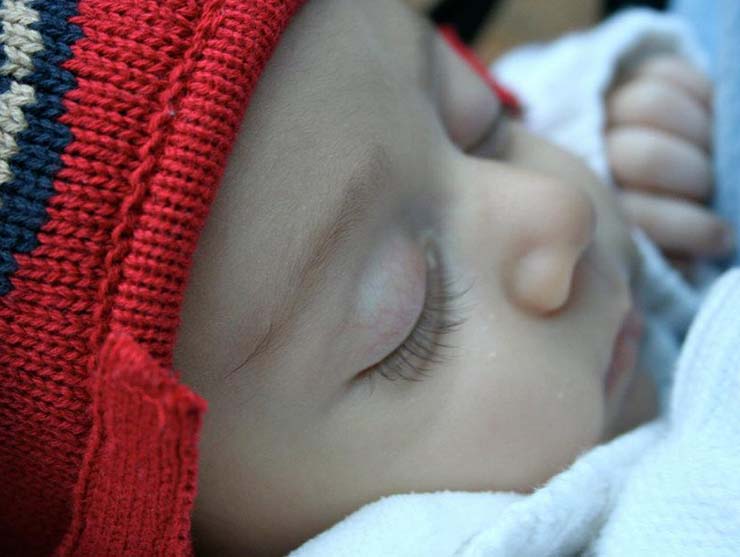Baby sign language has been a hot topic for the last decade or so, but are there really any benefits? A few small studies point to increased intellectual development, but the primary benefit of using baby sign language is decreased frustration for both you and your baby. Long before babies begin using words, they can use sign language to communicate their needs and wants — typically around 8 months, according to the Mayo Clinic.
It makes sense that a child who can be expressive is likely to feel happier and more confident. Using sign language helps babies understand that communication is a way to meet needs, which in turn fosters adult – child connections. In a study by R. Thompson, et al. reported by the National Institutes of Health, infants who were taught signs had fewer episodes of crying or temper tantrums. Parents also report feeling more confident because they have a better understanding of how to respond to their babies. Best of all, teaching sign language to babies is simple.
Tips for Teaching Sign Language to Babies
- Start simple. Find sign language books or websites to learn a few basic signs. Choose signs for words that are concrete or meaningful to your baby based on their experience and interest, such as more, ball, drink, up, out, or please. Teach only 3 to 5 words initially and use the signs in conjunction with spoken language
- Use signs during normal everyday routines and activities. To help your baby to learn sign language, say the word as you make the sign in a meaningful real-life setting. For example, if your baby gestures for more crackers, say "more" while making the sign with your hands. Consistently make this sign every time your baby asks for more food. Hold your baby on your lap with her back to your stomach. Hold her hands and make the sign, saying the word at the same time. Be sure to give lots of encouragement when your baby makes a sign independently. Say, "You did it! You told me you want more by using your hands!"
- Allow your baby to set the pace and progress slowly. As your baby masters initial signs, you can add a few more. Remember, though, your goal isn't to make your child fluent in sign language so much as providing another way to communicate until verbal skills develop. Stick with basic signs for words that your child uses every day and introduce only a couple at a time. As babies become more proficient with spoken language, they will typically phase out of using signs.
- Keep it fun. Be sure to keep lessons brief and fun. The point of teaching sign language is to reduce frustration, simplify communication, and connect with your baby in a meaningful way.
Parents often worry about child development milestones and how early they can begin teaching their baby sign language. You can start demonstrating simple signs as soon as your baby is able to maintain eye contact and seems interested in communicating with you — typically between 5 and 6 months. Most babies don't begin making signs in response though until 8 or 9 months. Be patient and enjoy this time with your infant. Some babies may make up their own signs. Make sure to acknowledge these efforts as well!




